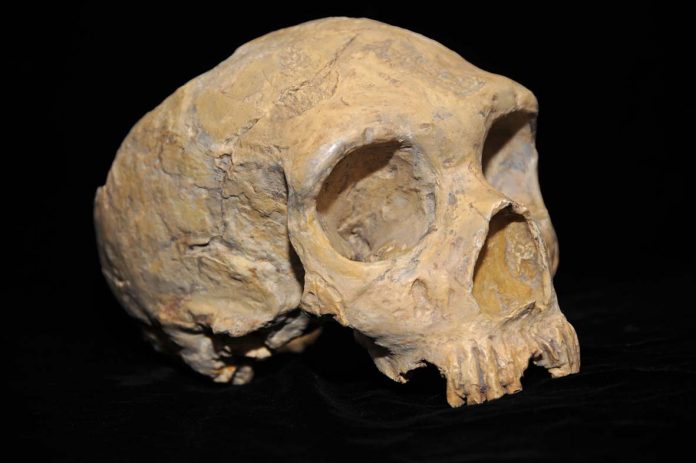The historic adjudication of Neanderthal anatomy and body mass has been overturned by a new comprehensive comparison of the clavicles of Neanderthals, modern humans, and other extant species of Homo reported by Erik Trinkaus from Washington University, Trenton W. Holliday from Tulane University, and Benjamin M. Auerbach from the University of Tennessee in the edition of the journal Proceedings of the National Academy of Sciences.
The researchers found that the longest clavicle (collarbone) found in any Neanderthal falls within the upper range of length of the clavicles of modern men. The clavicle length of the earliest known species of Homo had a similar range to modern man and Neanderthals.
The body mass of Neanderthals has been classically approximated based on the size of the longest Neanderthal clavicle known. Similarly, the breadth of existing Neanderthal pelvises has been assumed to be indicative of the general size and shape of all Neanderthals.
The researchers contend that their analysis makes the use of clavicle length as a measure of body mass and overall morphology in Neanderthals obsolete. The practice is almost a century old.
The researchers also note that when scaled to the relative size of individuals the assessment of Neanderthal body mass and shape based on the size of the upper arm bone is also incorrect.
Based on this research, scientists must again ponder what Neanderthals really looked like.















